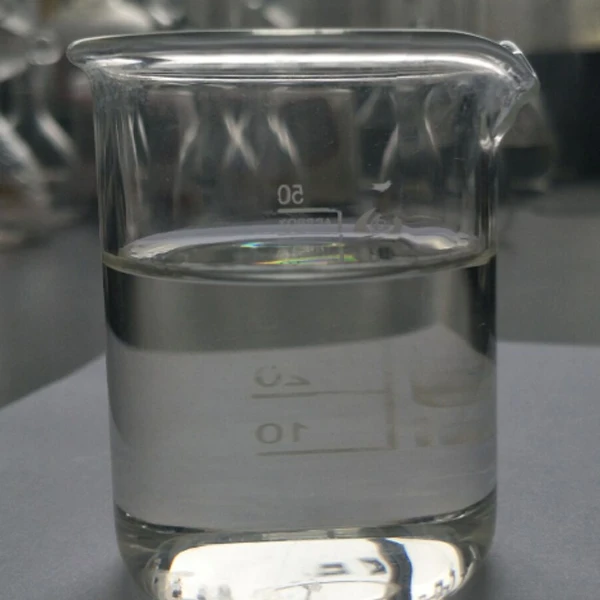
News
marras . 16, 2024 11:22 Back to list
lawn humic acid
Understanding Lawn Humic Acid Benefits and Applications
Maintaining a lush, green lawn is a dream for many homeowners. One of the key components in achieving and sustaining lawn health is the use of humic acid. Derived from natural organic matter, humic acid has gained popularity among gardeners and lawn care experts due to its numerous benefits for soil and plant health.
What is Humic Acid?
Humic acid is a complex organic substance formed through the decomposition of plant and animal matter over thousands of years. It is a crucial component of humus, the organic portion of soil that plays a significant role in its fertility and structure. Humic acid is known for its dark color and rich, earthy smell, which signify its nutrient-dense nature.
Benefits of Humic Acid for Lawns
1. Soil Health and Fertility One of the most significant benefits of humic acid is its ability to enhance soil health. It improves soil structure, making it easier for roots to penetrate and for water to infiltrate. This enhanced soil structure helps in preventing erosion and compaction, promoting a healthy environment for grassroots.
2. Nutrient Uptake Humic acid acts like a magnet for essential nutrients. It has the unique ability to chelate (bind) nutrients such as nitrogen, phosphorus, and potassium, making them more available to plants. This increased nutrient availability can lead to greener, more vigorous growth.
3. Moisture Retention Humic acid can greatly improve a lawn’s ability to retain moisture. By improving soil structure, it allows for better water infiltration and reduces runoff. This is particularly beneficial during periods of drought, as it helps to keep the lawn hydrated for longer periods.
lawn humic acid

4. Microbial Activity Healthy soil is teeming with microbial life, and humic acid plays a vital role in promoting this activity. Beneficial microbes thrive in the presence of humic substances, which in turn contribute to nutrient cycling and disease suppression. A thriving microbial community aids in breaking down organic matter and releasing nutrients, further enriching the soil.
5. pH Balance Humic acid can help regulate soil pH, creating an optimal environment for grass and other plants to thrive. Many lawns suffer from impoverished soils that are either too acidic or too alkaline; the addition of humic acid can help mitigate these issues, leading to healthier growth.
How to Apply Humic Acid in Your Lawn Care Routine
Incorporating humic acid into your lawn care regimen is relatively straightforward. Available in various forms such as granules, powder, or liquid, it can be applied during regular lawn maintenance. Here are some tips for effective application
- Timing Apply humic acid during the growing season when the lawn is actively taking up nutrients, typically in spring or early fall. - Method Humic acid can be applied directly to the soil or mixed with water for a liquid application. For granular forms, ensure even distribution using a spreader. - Frequency Depending on soil health and specific lawn needs, humic acid can be applied every few months. Regular applications, especially in poor soils, can yield the best results.
Conclusion
Humic acid is an invaluable ally in lawn care, known for its myriad benefits ranging from improving soil health and nutrient uptake to enhancing moisture retention and promoting microbial activity. By understanding and utilizing humic acid, homeowners can cultivate greener, healthier lawns, contributing to not only the aesthetic appeal of their properties but also to the overall ecosystem. So if you’re striving for that perfect lawn, consider implementing humic acid into your soil management practices for optimal results.
-
Polyaspartic Acid Salts in Agricultural Fertilizers: A Sustainable Solution
NewsJul.21,2025
-
OEM Chelating Agent Preservative Supplier & Manufacturer High-Quality Customized Solutions
NewsJul.08,2025
-
OEM Potassium Chelating Agent Manufacturer - Custom Potassium Oxalate & Citrate Solutions
NewsJul.08,2025
-
OEM Pentasodium DTPA Chelating Agent Supplier & Manufacturer High Purity & Cost-Effective Solutions
NewsJul.08,2025
-
High-Efficiency Chelated Trace Elements Fertilizer Bulk Supplier & Manufacturer Quotes
NewsJul.07,2025
-
High Quality K Formation for a Chelating Agent – Reliable Manufacturer & Supplier
NewsJul.07,2025
